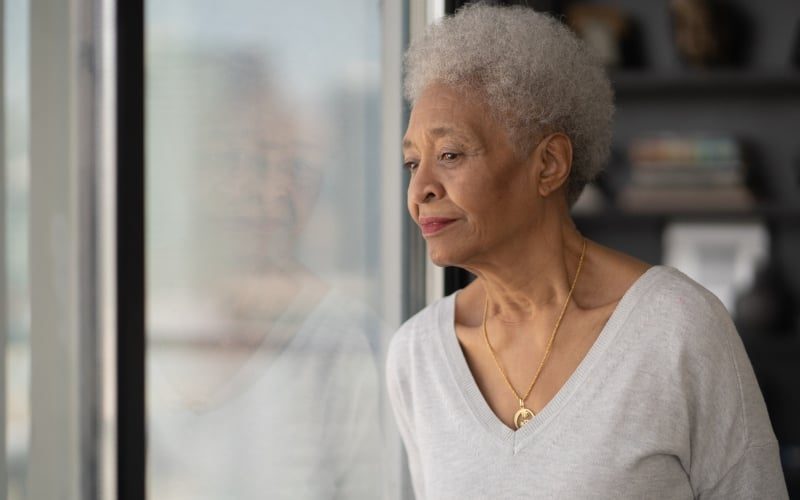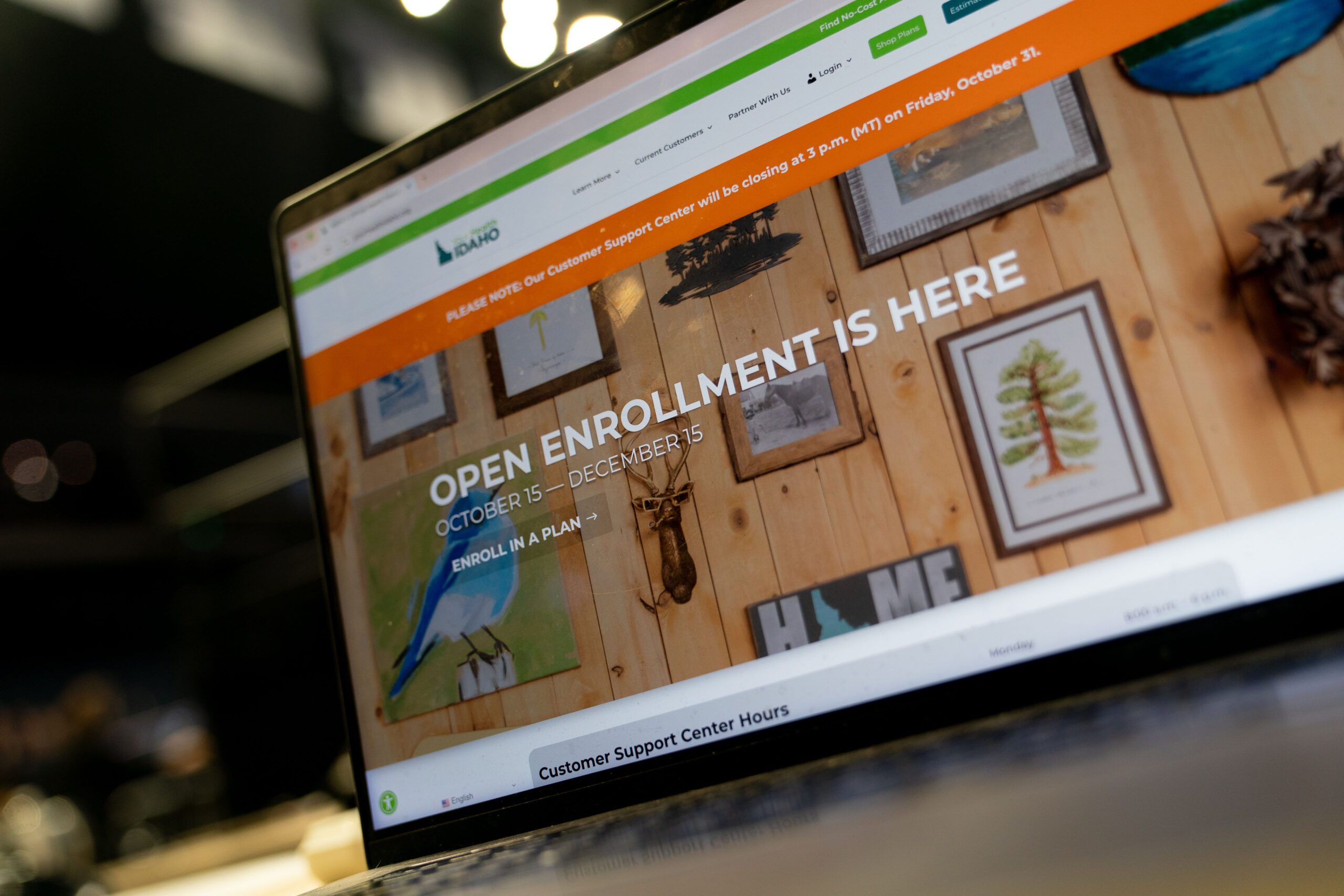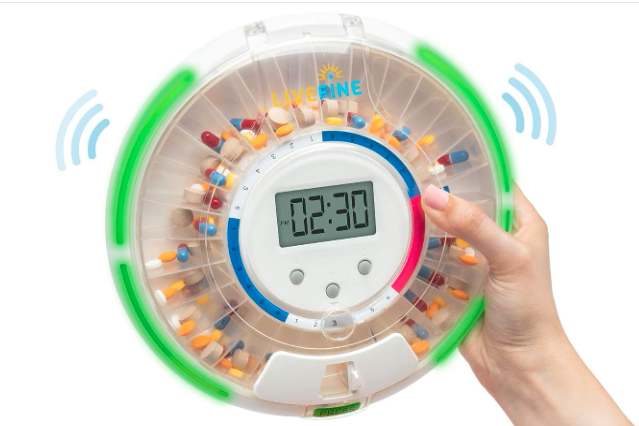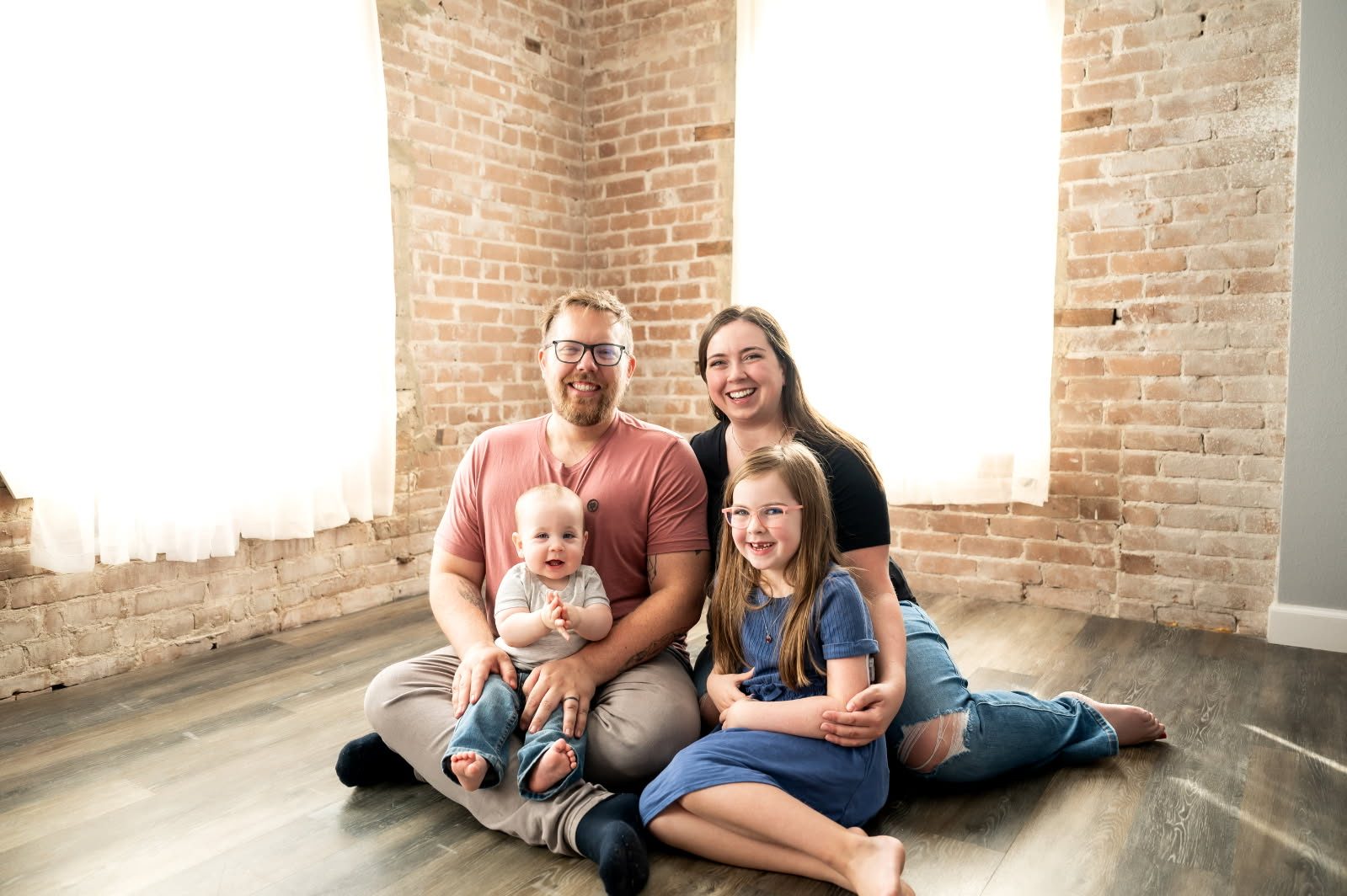

By Kara Gavin
Most people over 50 were already adults when the Americans with Disabilities Act took effect in 1992 and transformed the rights of people with physical and mental conditions.
Now, a poll finds that — even if they have conditions covered by the ADA — many older adults may not think of themselves as disabled or identify as a person with disability.
It also finds that most with these conditions do not ask for assistance or accommodations when they get health care.
In all, 19% of people age 50 and over identify as a person with a disability, according to findings from the National Poll on Healthy Aging, based at the University of Michigan Institute for Healthcare Policy and Innovation.
But, the poll suggests, half of older adults may legally qualify as a person with a disability because of a physical or mental condition, and thus be entitled to protections and accommodations, even if they don’t identify as disabled.
This may be especially true among those aged 65 and up.
Meanwhile, 18% of older adults who identified as having a disability, or indicated they have a disability or functional limitation, have received some sort of accommodation to help with health care visits.
“Our findings suggest both a need to explore disability identity issues among older adults as well as the importance of encouraging health care providers and systems to ask about and provide disability-related accommodations for older adults and others with functional limitations,” said Michelle Meade, Ph.D., who worked with the poll team and is the founding director of the U-M Center for Disability Health and Wellness.
Meade, who is also a clinical rehabilitation psychologist and professor in the U-M Medical School’s Departments of Physical Medicine and Rehabilitation and Family Medicine, notes that identifying as a person with a disability has many complexities.
Disability-related stigmas and cultural stereotypes about disability are still present today but were particularly negative when today’s older adults were young.
Recent decades, however, have seen significant advances for people with disabilities and a dramatic rise in the opportunities available to them.
Not only have new medical interventions reduced symptoms and enhanced functioning, but new technologies are increasingly tailored to a wide variety of abilities, Meade says.
The ADA significantly enhanced their opportunities and access to services, environments and supports. There is also an increased awareness of the support that people can receive when they identify as part of the disability community, she notes.
Disability status
In all, 33% of people age 50 and over who completed the poll said they have at least one major disability or functional impairment, when asked about the types of conditions that the U.S. Census Bureau uses in its American Community Survey, or ACS.
These include serious difficulties with seeing, hearing, moving, thinking, remembering, taking care of one’s needs and completing day-to-day activities.
Our findings suggest both a need to explore disability identity issues among older adults as well as the importance of encouraging health care providers and systems to ask about and provide disability-related accommodations for older adults and others with functional limitations.”
-Michelle Meade, Ph.D.
Rates of self-reported ACS-defined conditions ranged from 28% among those age 50 to 64, to 34% among those age 65 to 74, to 45% among those over age 75.
The poll also asked older adults about other types of significant physical, mental or cognitive conditions that may not meet the ACS criteria but may still qualify someone as having a disability under the ADA, especially if they have more than one at the same time. Such conditions include speech problems, learning disabilities, and breathing issues.
In all, 53% of adults age 50 and older report having at least one of these conditions, including 51% of people age 50 to 74, and 63% of those age 75 and older.
However — despite these age differences in self-reported health conditions — there was no difference by age group for the percentage of older adults who identified as a person with a disability.
Identifying as having a disability
Even among those who reported serious functional difficulty and clearly met the ACS definition of someone with a disability, only 41% identified as a person with a disability.
The rate rose to 58% of those with two or more ACS-defined disabilities.
But that still left 26% of people with serious functional difficulties saying they did not identify as disabled and 16% saying they weren’t sure if they did.
Accommodation in health care
People who have disabilities or conditions that limit them in some way are entitled to accommodations from their health care provider under the ADA, such as assistance with transferring from one surface to another, removing physical barriers to accessing care, or ensuring effective communication about their care.
“Even if someone does not consider themselves as having a disability, they may qualify for help with getting into and around their clinic, hospital or pharmacy, or understanding their treatment options, prescriptions and instructions from their care team,” said Jeffrey Kullgren, M.D., M.P.H., M.S., the poll’s director, who practices at the VA Ann Arbor Healthcare System and is an associate professor of internal medicine at the U-M Medical School.
“However, our data show many may not ask for such help, even if they qualify for it.”
The poll finds that 27% of those with two or more ACS-defined disabilities had asked for accommodation with health care visits, and 34% of them had received disability-related accommodations and supports from healthcare providers, whether they had asked for them or not.
Another 17% of people with two or more ACS-defined functional impairments said they hadn’t asked, but could have used assistance or accommodations, and 48% said they don’t think they need accommodation.
The rest weren’t sure.
Among those who identify as having a disability, 25% had asked for accommodation and 33% of them had received one, while another 14% said they could have used one but never asked.
Even among people identifying as disabled, 55% said they didn’t think they needed accommodation in health care visits.
Michigan-specific findings
The poll finds few differences between the national sample and the Michigan-specific sample.
In all, Michigan adults age 50 and older had similar rates as their peers nationwide in terms of having ACS-defined disabilities or functional impairments, and of having significant physical, mental or cognitive conditions that might qualify as disabilities under the ADA.
But a slightly higher percentage of Michiganders over 50 identified as a person with a disability, compared with the national sample. In all, 22% of older Michiganders identify as having a disability, with 27% of those age 50 to 64 saying so, compared with 17% of Michigan adults age 65 and older.
Older Michiganders who identify as a person with a disability were also more likely than their peers nationwide to say they could have used assistance related to a health care visit but didn’t ask for it, with 20% saying so compared to 14% nationally.
About the poll
The poll is supported by Michigan Medicine, U-M’s academic medical center. Additional support for Michigan-specific polling is provided by the Michigan Health Endowment Fund.
The poll findings come from a nationally representative survey conducted by NORC at the University of Chicago for IHPI and administered online and via phone in February 2025 among 1,353 Michigan adults age 50 to 95 and to 2,528 non-Michigan adults ages 50 to 97. The sample was subsequently weighted to reflect the Michigan and national (non-Michigan) populations.
Read past National Poll on Healthy Aging reports and about the poll methodology.
Resources and next steps
Meade and colleagues collaborated with the poll team to better understand how older adults identify their disabilities and describe their experiences during health care visits.
They plan to integrate these new findings with existing research, activities and programming being conducted through the U-M Center for Disability Health and Wellness to continue to work to improve access to safe, accessible health care for people with disabilities.
Meade and her team have developed tip sheets for health care providers in working with people with disabilities, and a dashboard of data and briefs related to disability and health care.
They and their collaborators are studying disability-related health care disparities and the relationship between long-term physical disability and aging.
At Michigan Medicine, the team has worked to create a Disability Accommodations Field (or Disability Tab) in the Epic-based Mi-Chart electronic health record system. This option, which other health systems using Epic’s MyChart software could adapt, makes it easy for providers to know about each patient’s functional limitations and concerns as well as the need for accommodations and supports. The center also offers training for U-M learners and clinicians.
The CDHW team also offers Michigan-based nonprofits access to microgrant funding and training initiatives to improve access to care for people with disabilities. Through events, including an annual Disability Health Research Symposium being held this week, CDHW works to share research findings with patients, people with disabilities, and research participants.
Sign up for Health Lab newsletters today. Get medical tips from top experts and learn about new scientific discoveries every week.
Sign up for the Health Lab Podcast. Add us wherever you listen to your favorite shows.
—
Previously Published on michiganmedicine.org with Creative Commons License
***
–
The world is changing fast. We help you keep up.
We’ll send you 1 post, 3x per week.
All Premium Members get to view The Good Men Project with NO ADS. Need more info? A complete list of benefits is here.
—
Photo credit: iStock
Disclaimer: This story is auto-aggregated by a computer program and has not been created or edited by healthlydays.
Publisher: Source link











